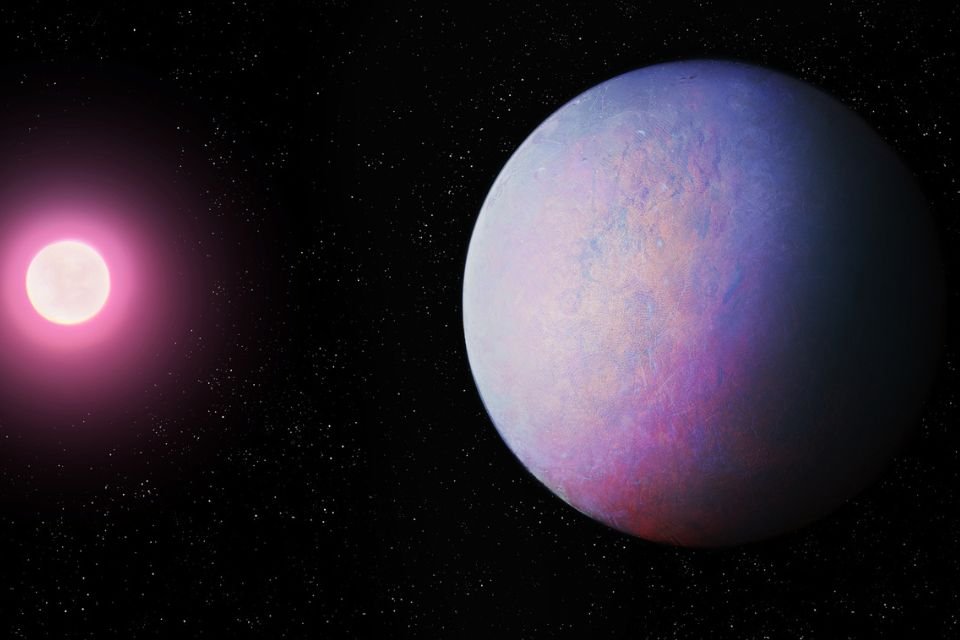According to a study published last Thursday (6) in the scientific journal Nature Astronomy, a team of astronomers has found an exoplanet with twice the mass of Jupiter hidden in a distant part of the universe – Jupiter is considered the Sun’s largest planet. System by mass and diameter. The exoplanet MWC 758c may be responsible for the formation of spiral arms around a star..
According to scientists, the exoplanet has not been found in the past because, despite being twice as large as Jupiter, it orbits a star about 500 light-years from Earth and emits signals that are virtually invisible to telescopes. Even the star is very young compared to our Sun.
As explained by the study’s principal author and researcher Kevin Wagner at the Steward Observatory at the University of Arizona (United States), study provides evidence that spiral arms originate from giant planets; in this case, it originates from exoplanet MWC 758c. For the scientist, spiral arms can help to understand the process of formation of the planet that caused the event.
“Our observation of this new planet further supports the idea that giant planets form by accumulating mass from the environment in which they were born early and then gravitationally altering the subsequent environment for the formation of other minor planets. Our study provides solid evidence that these spiral arms originate from giant planets. And the new James Webb With the Space Telescope, we will be able to test and support this idea by looking for more planets like MWC 758c.” said.
exoplanet and spiral arms
The exoplanet was detected using the Earth’s Large Binocular Telescope Interferometer (LBTI) telescope built by the University of Arizona. The LBTI is capable of observing long wavelengths of the mid-infrared, a capability similar to instruments on the James Webb Space Telescope.
Wagner said that future observations made by the James Webb Space Telescope May help discover other planets similar to MWC 758c. “While we wait for the results of the JWST observations, we can begin to apply this newly discovered knowledge to other star systems, and this will allow us to make predictions about where other hidden planets might lurk, and give us an idea of what features we should be looking at to detect them,” says Wagner.
According to scientists, the lengths of the red waves emitted by the exoplanet are practically invisible. they are longer and this means they are more difficult to detect. As the LBTI is one of the most powerful infrared telescopes in the world, it should also help detect other similar exoplanets.
Steve Ertel, co-author of the study and principal instrument scientist at LBTI, states: This is the ‘redest’ bright planet ever detected. Therefore, MWC proposes two different models to explain the longer wavelengths of 758c: First, it states that this is because the planet has a colder-than-expected temperature; the latter says that the planet has remained hot since its formation and is filled with cosmic dust around it.
Source: Tec Mundo
I’m Blaine Morgan, an experienced journalist and writer with over 8 years of experience in the tech industry. My expertise lies in writing about technology news and trends, covering everything from cutting-edge gadgets to emerging software developments. I’ve written for several leading publications including Gadget Onus where I am an author.













